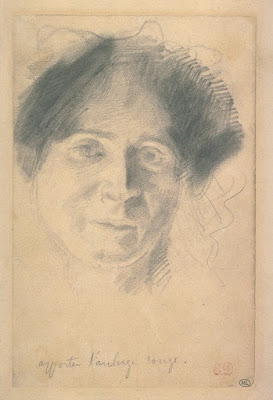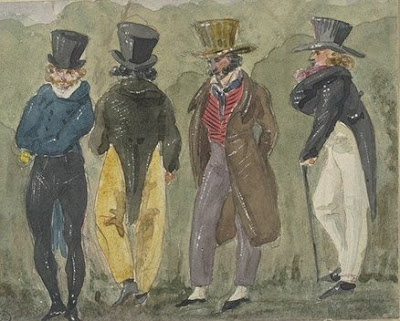 |
| Eugène Delacroix The Justice of Trajan 1840 oil on canvas Musée des Beaux-Arts de Rouen |
 |
| Eugène Delacroix Study for The Justice of Trajan ca. 1840 drawing Musée du Louvre |
 |
| Eugène Delacroix Lion Hunt 1855 oil on canvas Nationalmuseum, Stockholm |
 |
| Eugène Delacroix Study for Lion Hunt ca. 1855 drawing Musée du Louvre |
 |
| Eugène Delacroix Study for Lion Hunt ca. 1855 drawing Musée du Louvre |
 |
| Eugène Delacroix Oriental Interior ca. 1824-25 watercolor Musée du Louvre |
 |
| Eugène Delacroix Man reading in Bed ca. 1824 drawing Musée du Louvre |
 |
| Eugène Delacroix Head of a Woman before 1863 drawing Musée du Louvre |
 |
| Eugène Delacroix Head of a Man ca. 1825 drawing Musée du Louvre |
 |
| Eugène Delacroix Study for Archimedes 1840 drawing Musée du Louvre |
 |
| Eugène Delacroix Studies of Centaurs 1837 drawing Musée du Louvre |
 |
| Eugène Delacroix Study for St Sebastian tended by St Irene ca. 1850 drawing Musée du Louvre |
 |
| Eugène Delacroix Study for Portrait of a Woman ca. 1832 drawing Musée du Louvre |
 |
| Eugène Delacroix Four Fashionable Gentlemen ca. 1830-40 watercolor Musée du Louvre |
 |
| Eugène Delacroix Le comte de Mornay in Ambassador's Uniform (patron of Delacroix) ca. 1832 drawing, with watercolor Musée du Louvre |
"M. Victor Hugo, whose nobility and majesty I certainly have no wish to belittle, is a workman far more adroit than inventive, a labourer much more correct than creative. Delacroix is sometimes clumsy, but he is essentially creative. In all his pictures, both lyric and dramatic, M. Victor Hugo lets one see a system of uniform alignment and contrasts. With him even eccentricity takes symmetrical forms. He is in complete possession of, and coldly employs, all the modulations of rhyme, all the resources of antithesis and all the tricks of apposition. He is a composer of the decadence or transition, who handles his tools with a truly admirable and curious dexterity. M. Hugo was by nature an academician even before he was born, and if we were still living in the time of fabulous marvels, I would be prepared to believe that often, as he passed before their wrathful sanctuary, the green lions of the Institut would murmur to him in prophetic tones, 'Thou shalt enter these portals.'
For Delacroix justice is more sluggish. His works, on the contrary, are poems – and great poems, naively conceived and executed with the usual insolence of genius. In the works of the former there is nothing left to guess at, for he takes so much pleasure in exhibiting his skill that he omits not one blade of grass nor even the reflection of a street lamp. The latter in his work throws open immense vistas to the most adventurous imaginations. The first enjoys a certain calmness, let us rather say a certain detached egoism, which causes an unusual coldness and moderation to hover above his poetry – qualities which the dogged and melancholy passion of the second, at grips with the obstinacies of his craft, does not always permit him to retain. One starts with detail, the other with an intimate understanding of his subject; from which it follows that one only captures the skin, while the other tears out the entrails. Too earth-bound, too attentive to the superficies of nature, M. Victor Hugo has become a painter in poetry; Delacroix, always respectful of his ideal, is often, without knowing it, a poet in painting."
– from The Salon of 1846, published in Art in Paris, 1845-1862: Salons and Exhibitions reviewed by Charles Baudelaire, translated and edited by Jonathan Mayne (London: Phaidon Press, 1965)